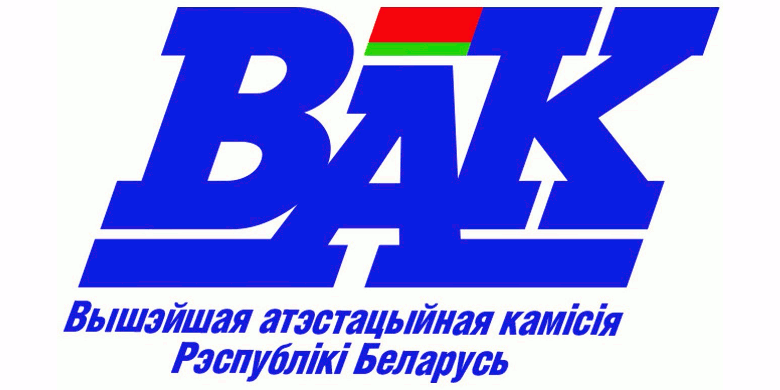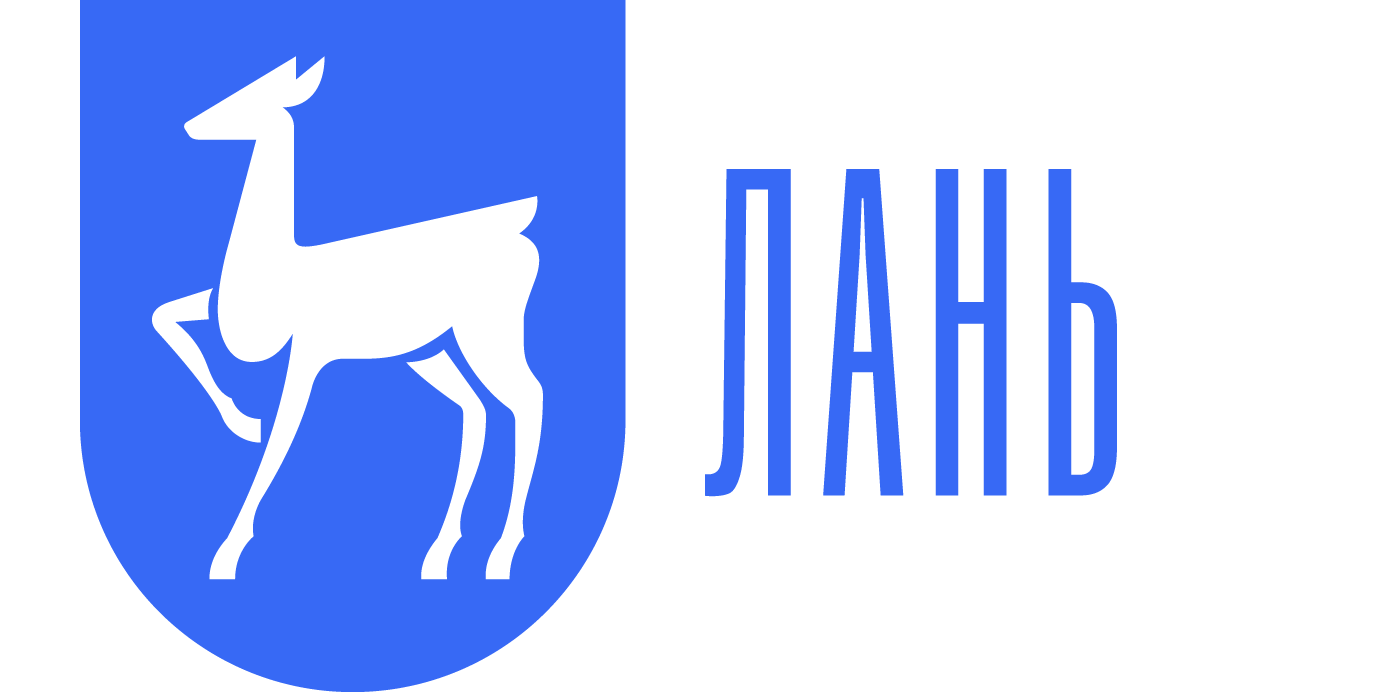Philosophical and Allegoric Novel: Aesthetic and Cultural Intentions
Keywords:
philosophical and allegorical novel, culture, consciousness, sign, world views, text, existentialism, metafunction, metaliterature, universal and cultural mode of existenceAbstract
Objective: to carry out a philosophical and aesthetic analysis in combination with a universal cultural model in a systematic study of the general patterns of the development of the artistic process of the 20th century in a philosophical and allegorical novel. Materials: work of C. Jung, M. Foucault, F. Nietzsche, A. Camus, J.-P. Sartr. Methods: dialectic, genetic, hermeneutic, structural-semiotic, intertextual, systemic. Results of the study can be used in the further study of the philosophical and allegorical novel from the standpoint of modern aesthetics, cultural studies, literary criticism, comparative studies, which, in turn, will deepen understanding of the modern literary process. Conclusion A philosophical and allegorical novel includes various types of comprehension of reality, diverse types of consciousness in order to create a universal picture of the world, both artistic and philosophical at the same time; as a text of culture, it retains its axiological and philosophical and anthropological qualities, and as a text of literature, it guards its genre form, which is threatened by the «shapeless» nature of its narrative – philosophizing as reflections in a free style. A philosophical and allegorical novel developed in the multicultural space of the twentieth century, when philosophy gradually shifted from philosophical «science of learning» into «culture of learning». Culture, in accordance with the theory of the so-called «linguistic revolution», began to be seen as a kind of treasury of texts, their meanings as a life world, and the life world as a language, speech, narrative, that is, a meaningful text. Despite some differences between different linguistic and cultural concepts, the following denomination of a literary text became a common denominator: since art is identified with language, speech, in turn, is identified with the world of life. As a result of such representations, the separation between art and non-art (science and in non-science) is blurred, art itself is deprived of the function of knowing life, and art science is an opportunity to judge quality, that is, depth, truth, etc. of this knowledge. A philosophical and allegorical novel incorporated these two paradoxical tendencies of the 20th century, making an attempt to systematize and reconcile the centrifugal forces of the text – «science» and «non-science», «art» and «non-art», while not completely blurring the boundaries literary genre. If we consider literature as a mirror (we use the thesis of L. Tolstoy), then the philosophical and allegorical novel reflects not only the era, not only its pain points and philosophical problems, but above all the process of its fulfillment of metafunction of culture in the status of metaliterature, which seeks in the form of an artistic image to subjugate various types of consciousness to itself so that humanity does not lose the opportunity to «find strength» each time on the way to «mental, spiritual and spiritual comfort». The cultural concept, the purpose of which is to accentuate, fix, sharpen the ontological, anthropological, axiological dimensions of human being, correlates with the basic principle of a philosophical novel – philosophical problematics, which, in turn, corrects the cultural concept in the text.
References
2. Vandendorpe, Ch. Allégorie et interprétation / Ch. Vandendorpe // Poétique. – № 117, février 1999. – Р. 75-94.
3. Жылевіч, В.Ф. Раман-прытча ў французскай літаратуры ІІ паловы XX стагоддзя: ад «вечных» пытанняў да сучасных праблем грамадства: манаграфія / В.Ф. Жылевіч; пад рэд. С.П. Мусіенка / УА “Палескі дзяржаўны універсітэт”, Кафедра замежных моў. – Пінск, 2018. – 222 с.
4. Юнг, К. Архетип и символ / К. Юнг. – М.: Ренессанс, 1991. – 343 с.
5. Ницше, Ф. Сочинения: В 2 т. / Ф. Ницше. – Т.1. – М.: Сирин, 1990.– 447 с.
6. Lado, R. How to compare two cultures / R.Lado // Pathways to to culture. – Yarmouth: Inernational Press, Inc. – P. 39-56.
7. Фуко, М. Слова и вещи. Археология гуманитарных наук / М. Фуко. – М.: Смысл, 1993. – 488 с.
8. Vice, S. Literature and the Novel: Narrattive Self, Philosophy / S. Vice // The Journal of the Royal Institute of Philosophy. – Cambridge Press. – Vol.78. – Num. 303. – 2003. – P. 93-108.
9. Hatch, E. Discourse and Language Education / E. Hatch. – Cambridge: Cambridge University Press, 1994. – 333 p.
10. Камю, А. Избранное / А. Камю. – М.: Правда, 1990. – 520 с.
11. Сартр, Ж.-П. Бытие и ничто. Опыт феноменологической онтологии / Ж.-П. Сартр. – М.: Республика, 2004. – 639 с.
References
1. Zinde, M. M. Tvorchestvo Wiliama Goldinga: (K problem filosofskogo allegoricheskogo romana) : Avtoref. dis. … kand. filol. Nauk : 10.01.05. Moskva, 1979. 15 s. (In Russian)
2. Vandendorpe, Ch. Allégorie et interprétation // Poétique. № 117, février 1999. Р. 75-94. (In French)
3. Jilevich, O. Raman-pritcha y francyzskaj litaratyru II palovu XX stagoddza : ad «vechnukh» putannay da sychasnukh preblem gramadstva : managrafija. Pinsk, 2018. 222 p. (In Belarussian)
4. Ung, K. Arkhetip i simvol. Moskva, 1991. 343 s. (In Russian)
5. Nitshe, F. Sochinenija : v 2 t. T. 1. Moskva, 1990. 447 s. (In Russian)
6. Lado, R. How to compare two cultures // Pathways to to culture. Yarmouth. P. 39-56. (In English)
7. Fouko, M. Slova I veschi. Arkheologija gymanitarnukh nauk. Moskva, 1993. 488 s. (In Russian)
8. Vice, S. Literature and the Novel: Narrattive Self, Philosophy // The Journal of the Royal Institute of Philosophy. Cambridge Press. Vol.78. Num. 303. 2003. P. 93-108. (In English)
9. Hatch, E. Discourse and Language Education. Cambridge, 1994. 333 p. (In English)
10. Kamu, A. Izbrannoe. Moskva, 1990. 520 s.
11. Sartr, J.-P. Butie i nichto. Oput fenomenologicheskoj ontologii. Moskva, 2004. 639 s.













